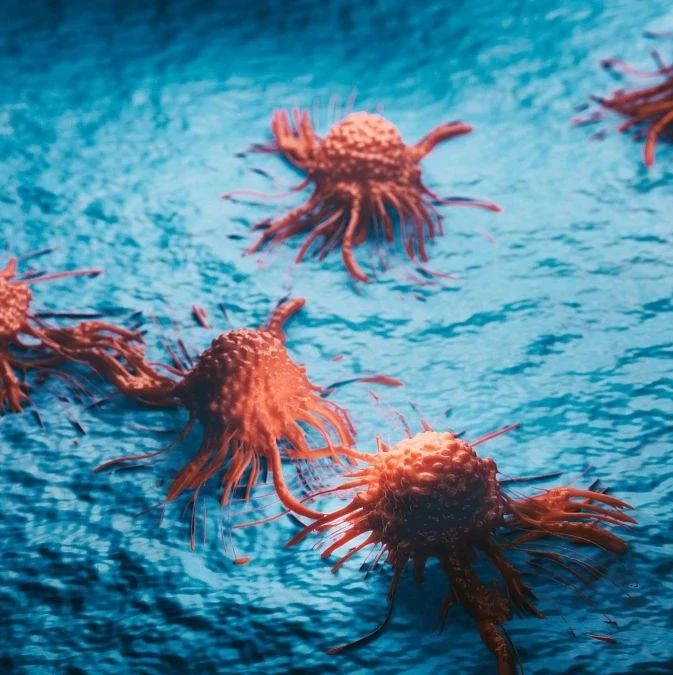化疗是肿瘤治疗的常用手段,但会对病人机体造成很大创伤。近日,《自然通讯(Nature Communica-tions)》发表我国科学家黄波教授的论文,介绍一项新技术,可为解决这一困境提供新路径。
黄波2002年毕业于华中科技大学同济医学院,获生物化学与分子生物学博士学位,主要研究方向为肿瘤免疫学与肿瘤生物治疗。他及他的团队研究证实,包裹化疗药物的囊泡能够向肿瘤细胞靶向药物,在体内不引起毒副作用,且能显著抑制肿瘤的生长。该项技术已获得国家专利授权、国际专利备案和香港专利备案,并有望在武汉光谷生物城实现产业化。
黄波发表的这篇论文“肿瘤细胞来源的微颗粒靶向化疗药物”,揭示了肿瘤来源的囊泡可以作为包裹化疗药物的载体进行肿瘤治疗,与传统化疗相比,该技术能够同时解决肿瘤治疗过程中出现的化疗副作用、肿瘤耐药性、抗肿瘤免疫抑制问题,实现肿瘤化疗毒副作用、耐药性的突破。
黄波教授简介

黄波,中国医学科学院基础医学研究所免疫学系副主任。2002年毕业于华中科技大学同济医学院,获生物化学与分子生物学专业博士学位。2002年至2006年分别于瑞典卡罗琳斯卡医学院、加拿大卡尔加里大学医学院、纽约西奈山医学院进行博士后研究。
黄波教授主要研究方向为肿瘤免疫学与肿瘤生物治疗。近五年来,作为第一或通讯作者在Blood、Cancer Res、EMBO Rep、Oncogene、J Immunol、J Biol Chem、PLoS One等国际主流杂志发表研究论文30余篇,其中SCI 引用次数1000余次,最高单篇 SCI 他引 224 次。黄波教授主持研究的科研项目获得包括国家自然科学基金、教育部新世纪优秀人才基金、中加国际合作等科研项目支持,取得了丰富的研究成果。
黄波教授在肿瘤微环境的成因及相关机制、肿瘤的免疫逃逸和生物治疗等方面取得了一系列原创性的研究成果。近年来,在国际主流期刊上发表论文32 篇,其中28 篇是回国后在国内独立完成。在这32 篇论文中,作为通讯作者发表论文22 篇;影响因子大于5分的论文达18 篇。黄波教授在 Nature Materials杂志上以通讯作者身份发表论文Soft fibrin gels promote selection and growth oftumorigenic cells(影响因子32分),提出了一种分离和培养肿瘤再生细胞(tumor-repopulating cell)的新方法,被新华社、人民日报等多家媒体广泛报道。
2012年,入选“国家杰出青年”;
2012年 中国抗癌协会肿瘤免疫和生物治疗分会委员会委员
2012年入选武汉东湖高新区第五届“3551”人才计划;
2011年,湖北省有突出贡献中青年专家;
2010年,湖北省自然科学优秀论文特等奖;
2009年,湖北省高校优秀中青年教师;
2008年,首届“中国青年免疫学者”奖。

Delivery of chemotherapeutic drugs in tumour cell-derived microparticles
Ke Tang, Yi Zhang, Huafeng Zhang, Pingwei Xu, Jing Liu, Jingwei Ma, Meng Lv, Dapeng Li, Foad Katirai, Guan-Xin Shen, Guimei Zhang, Zuo-Hua Feng, Duyun Ye & Bo Huang
Cellular microparticles are vesicular plasma membrane fragments with a diameter of 100–1,000 nanometres that are shed by cells in response to various physiological and artificial stimuli. Here we demonstrate that tumour cell-derived microparticles can be used as vectors to deliver chemotherapeutic drugs. We show that tumour cells incubated with chemotherapeutic drugs package these drugs into microparticles, which can be collected and used to effectively kill tumour cells in murine tumour models without typical side effects. We describe several mechanisms involved in this process, including uptake of drug-containing microparticles by tumour cells, synthesis of additional drug-packaging microparticles by these cells that contribute to the cytotoxic effect and the inhibition of drug efflux from tumour cells. This study highlights a novel drug delivery strategy with potential clinical application.
文献链接:Delivery of chemotherapeutic drugs in tumour cell-derived microparticles







